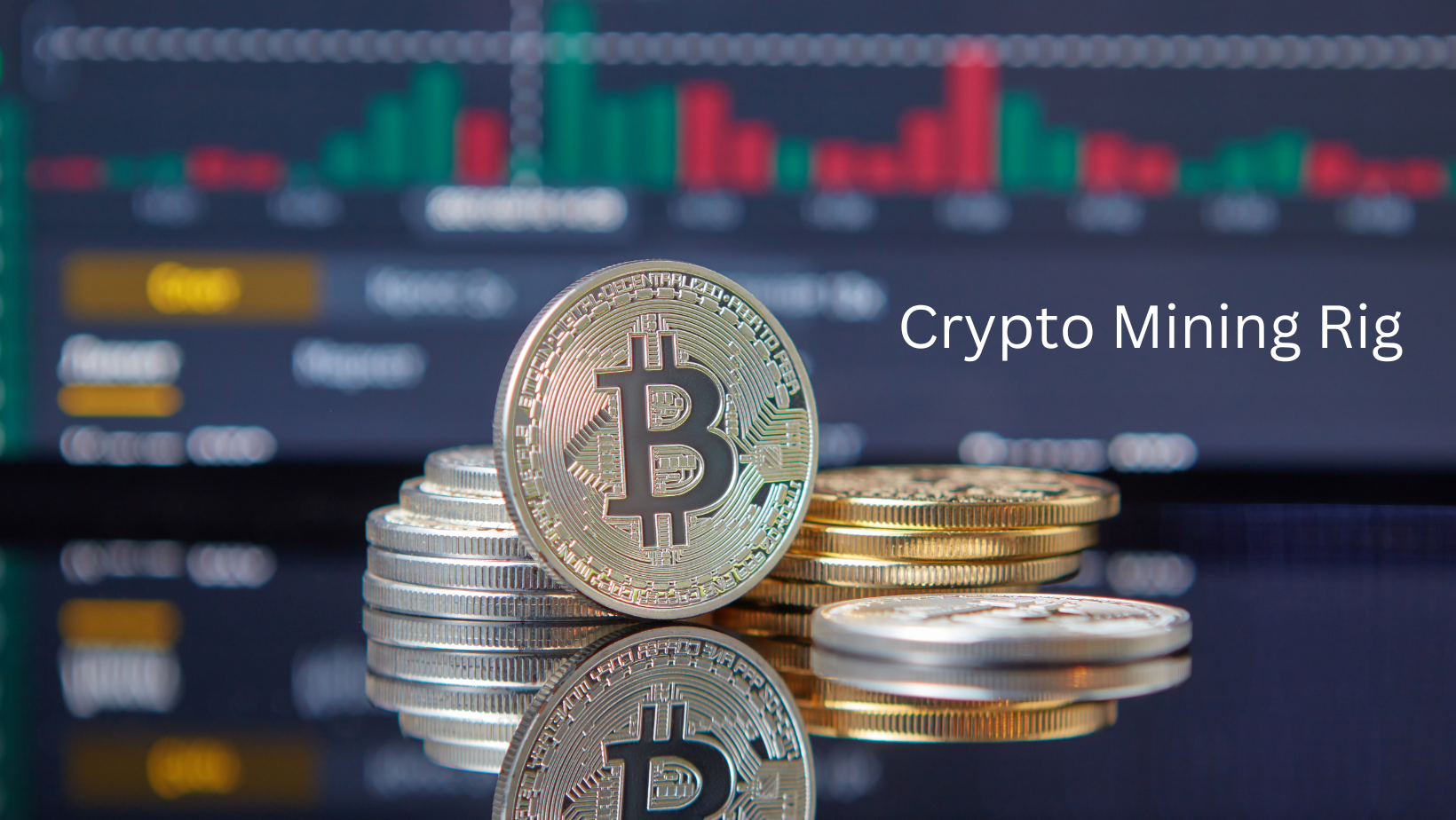How AI and Machine Learning Are Enhancing Bitcoin Mining Rigs
Bitcoin mining has evolved far beyond its humble beginnings when it was possible to mine the cryptocurrency with a personal computer. Today, mining requires highly specialized hardware and significant investment in electricity, making it a competitive and resource-intensive endeavor. As Bitcoin’s network grows, miners are turning to cutting-edge technologies such as Artificial Intelligence (AI) and Machine Learning (ML) to optimize operations, reduce costs, and stay ahead of the curve. These innovations are playing a pivotal role in maximizing the efficiency of Bitcoin mining devices while also offering the potential to forecast market trends, such as NEAR Protocol price predictions, which can help miners make more informed decisions.
Optimizing Hardware Performance
At the core of Bitcoin mining is the Bitcoin mining device itself, typically an Application-Specific Integrated Circuit (ASIC) designed to perform the massive computations required to mine Bitcoin. These devices are powerful but also energy-hungry, which makes optimizing performance crucial for maximizing profitability.
AI and ML are revolutionizing the way Bitcoin mining rigs perform. Machine learning algorithms can be used to monitor the real-time performance of mining devices, adjusting parameters like temperature, voltage, and clock speeds to ensure that the device is operating at peak efficiency. These adjustments can result in improved performance while reducing unnecessary energy consumption, which is a key factor in keeping mining operations profitable.
Moreover, AI can monitor the wear and tear on components within a mining rig, helping predict potential hardware failures before they occur. By using machine learning algorithms to analyze historical data on component lifespans, miners can schedule preventive maintenance and avoid costly downtime. As a result, AI is not just enhancing the performance of Bitcoin mining devices but also prolonging their operational life, which helps reduce the long-term cost of mining hardware.
Predictive Maintenance: Minimizing Downtime and Repair Costs
Mining hardware is under constant stress, operating 24/7 to solve complex cryptographic puzzles. This nonstop workload can result in equipment malfunctions or failure. In the past, miners would have to rely on routine maintenance schedules or react to hardware failures as they occurred. However, AI and ML have enabled a more proactive approach: predictive maintenance.
AI systems can track and analyze the operational health of each device in real-time, identifying small issues before they escalate into costly failures. By using data such as temperature readings, fan speeds, and voltage fluctuations, AI can identify patterns that signal an impending malfunction. This proactive approach minimizes unplanned downtime, which is especially critical for high-stakes mining operations where every minute of downtime can lead to significant financial losses.
In addition to improving reliability, predictive maintenance powered by AI also reduces the need for extensive manual intervention. Miners can focus their efforts on other important areas, such as optimizing mining strategies, while the AI system takes care of maintenance scheduling and hardware optimization.
Market Forecasting and Investment Strategy
One of the most valuable applications of AI and ML in Bitcoin mining is in forecasting cryptocurrency market trends. The profitability of Bitcoin mining is directly tied to the market price of Bitcoin, and fluctuations in its price can significantly impact the mining landscape. AI algorithms can analyze historical and current market data, providing predictions about future Bitcoin prices, mining difficulty, and overall market trends.
AI’s ability to analyze vast amounts of data enables miners to make informed decisions about when to mine, when to hold, and when to sell. Moreover, these technologies are not limited to Bitcoin alone. Miners can also use AI-driven insights to diversify their investments into promising altcoins. For instance, NEAR Protocol price prediction can help miners determine whether it’s more lucrative to invest in or mine altcoins, balancing risk and reward. By using AI to forecast the future performance of different cryptocurrencies, miners can adjust their strategies to maximize returns and reduce exposure to market volatility.
AI-powered market analysis can also help miners understand the optimal time to switch between mining different cryptocurrencies, depending on the rewards and mining difficulty. As new coins emerge and the market evolves, miners can stay ahead of trends, making strategic decisions to optimize their investment in both hardware and mined cryptocurrencies.
Energy Efficiency and Sustainability
Energy consumption is one of the most significant costs associated with Bitcoin mining. The high power consumption of mining rigs has raised concerns about the environmental impact of the industry. AI and ML technologies are playing an essential role in improving the energy efficiency of mining operations, making them more sustainable.
AI can analyze real-time energy consumption data to optimize how and when mining rigs operate, reducing overall electricity use without compromising performance. By learning from historical data and making adjustments to mining schedules based on power availability, AI can help miners operate more efficiently during off-peak hours when electricity rates are lower, or when renewable energy sources like solar or wind power are abundant.
Moreover, AI can integrate renewable energy sources into mining operations. Machine learning algorithms can predict when and where renewable energy is most available, ensuring that mining rigs are powered by clean energy whenever possible. This not only lowers costs but also aligns with the growing demand for sustainable mining practices in the cryptocurrency industry.
Conclusion
AI and machine learning are increasingly integral to the success of Bitcoin mining operations, offering a host of benefits from optimizing Bitcoin mining devices to forecasting market trends like NEAR Protocol price predictions. These technologies enhance the efficiency, profitability, and sustainability of mining, enabling miners to stay competitive in a rapidly evolving market. With AI-driven predictive maintenance, dynamic energy management, and market forecasting, miners are better equipped to navigate the complexities of Bitcoin mining in 2024 and beyond.
As the cryptocurrency landscape continues to mature, AI and ML will play an even more prominent role in shaping the future of mining. By embracing these innovations, miners can maximize their returns, reduce their environmental impact, and continue to thrive in a highly competitive and increasingly complex industry.
Visit freshvoicehub for more Articles














Post Comment